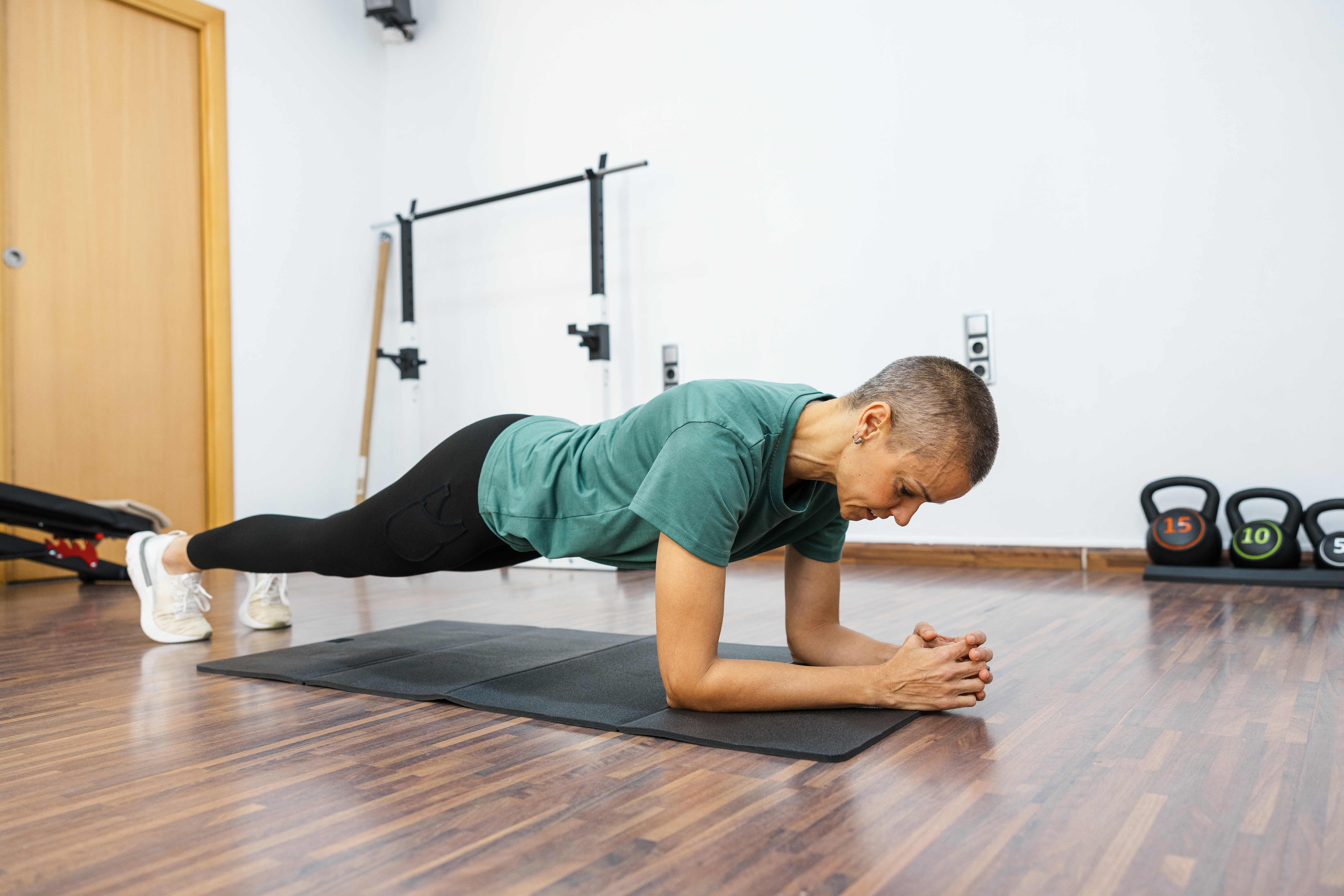10 Simple Posture Hacks to Reduce Chronic Pain and Fatigue
3. The Importance of Core Strength

Core strength is a fundamental aspect of maintaining good posture. The core muscles, including the abdominals, obliques, and lower back, provide stability and support for the entire body. A strong core helps maintain proper spinal alignment, reducing the likelihood of slouching or leaning forward. Engaging in regular core-strengthening exercises, such as planks, bridges, and Pilates, can enhance your posture and overall physical health. These exercises not only improve core strength but also promote balance and coordination. A strong core acts as a foundation for all movement, allowing you to move with ease and confidence. By focusing on core strength, you can transform chronic pain and fatigue into energy and comfort, empowering you to live a more active and fulfilling life.
4. The Connection Between Posture and Breathing

Posture and breathing are intricately linked, with each influencing the other. Poor posture, such as slouching or hunching, can compress the diaphragm and restrict lung capacity, leading to shallow breathing. This can result in decreased oxygen intake, contributing to fatigue and reduced energy levels. Conversely, maintaining an upright posture allows for full lung expansion, promoting deep, efficient breathing. Practicing mindful breathing exercises, such as diaphragmatic breathing, can enhance your posture and increase oxygen flow to the body and brain. By focusing on your breath and posture simultaneously, you can boost your energy levels, improve concentration, and reduce stress. Understanding the connection between posture and breathing is essential for achieving a state of comfort and vitality.
